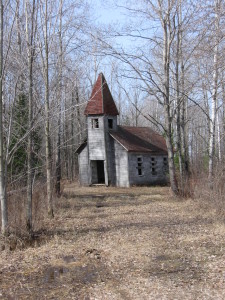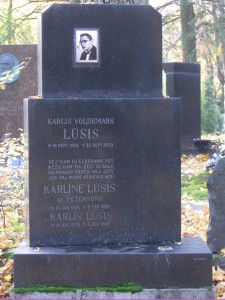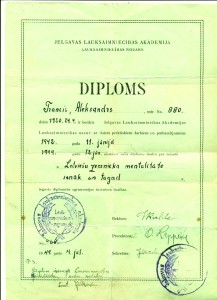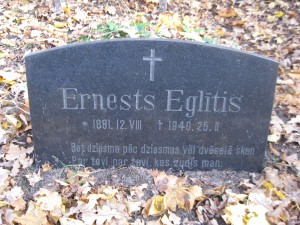If you’ve spent any time in the Latvian church records on Raduraksti, you’ll have probably noticed that in most cases, the earliest records of births, marriages and deaths you’ll find is 1834 or 1835 (for ethnic Latvians, records for Germans sometimes go further back). On the rare occasion you’ll find earlier records, but use of these records can be made difficult due to the lack of surnames when you go back earlier than the 1820s.
What this will often mean is a number of approximate dates in your family tree, gleaned from ages in the revision lists. But in some parishes, you may have the good fortune of being able to get precise dates of birth, marriage, etc. that predate the establishment of the church books.
What are the resources that allow you to do this? Church member lists (“Draudzes locekļu saraksti” in Latvian). They do not survive for all parishes, and reading through them can be a pain until you figure out how they are organized (sometimes they are organized alphabetically, sometimes by estate and farm), but they can provide valuable information that you might not be able to get otherwise. You’ll often have to contend with crossed out names (either because the people moved elsewhere, or died, or something else), so that makes reading even more difficult, but it could be worth it.
The format of the records is pretty straightforward – names and family groups will be listed along the left side of the page, and then birthdates, birthplaces (if you’re lucky) and often marriage dates/places of parents as well. Further along, as you go onto the facing page, you’ll see dates of confirmation, and then on the far right, further information – this could be a death date, or the name of a spouse (particularly for daughters of a family who later married), or a note that the family moved elsewhere.
It is through these early records that I have found some of my oldest family information, including the earliest precise birthdate in my family tree – the birth of my great-great-great-great-great-grandfather KÄrlis Graumanis, born on August 23, 1755. Now, this is not a primary source, since it is a later recollections of an event, but in the absence of the primary sources, it is the best we have for Latvian research.
Another way to use these records is as a tool to find a wife’s maiden name. Finding a woman’s maiden name can be difficult if she married prior to 1834, unless it happens to be mentioned in her children’s birth records or her death record (which is more rare, the further back you go). But if a church member list says where a wife was born, and provides the marriage date, you can try to use revision lists to see if she fits into a family listed there. Again, not a primary source, but it provides options where previously there were none.
There are a number of later church member lists as well (that is, after 1834), which can be valuable tools to help locate other records. If you’re researching in a parish that has a church member list, look there first, because it can then provide you the information you need to find birth, marriage and death records so you do not need to go through them blindly. You might also uncover siblings you never knew about, if they died young, or happened to be born while the family was living elsewhere. If birthplaces are listed, you might find that your family traveled a lot more than you thought!
Do you have any tips to share on church member lists? Share them here!




